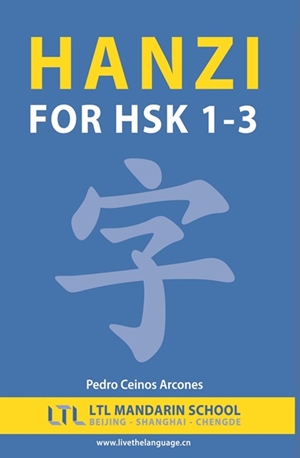How a change in writing changed history
In ancient China, enemies’ heads were cut off for several different reasons: enemies captured alive as part of a ritual intended to provide power to the victor, during battle to witness the number of dead enemies and collect the reward offered per head, and during the administration of justice to punish some especially serious crimes.
This custom of cutting off heads is witnessed from at least the Shang dynasty (in the 14th century B.C.) until the reign of the emperor Wu of the Han dynasty. In some of the oldest heads cut in the Shang Dynasty, inscriptions have been discovered on the skull itself. Some texts engraved in bronze indicate that the ceremonies of which the cut heads were a part were held in the ancestral temple, where the nobles regularly went after the military expeditions to inform their ancestors about the battle.
In the historical books there are also frequent references to victories in which a significant number of heads were cut off from the enemies, among them the final victory of King Wu, the founder of the Zhou dynasty, over the Shang, when he «destroyed ninety-nine [enemy] states, taking the heads of one hundred and seventy-seven thousand seven hundred and seventy-nine [defeated soldiers].»
More than a thousand years later, the heads of enemies still had a magical power for Emperor Wu of the Han, who was in the habit of displaying the severed heads of his enemies to showcase the emperor’s own power and authority.
This cut off head was written 馘 guó, and we see that on the left it has a head 首 and on the right 或, which formerly meant country: «territory 口 defended by arms 戈».
Soon after, this custom fell into oblivion, and even during the wars the soldiers changed the tradition of cutting off the heads of the enemies to collect the reward, to cutting off their ears.
How did this happen?
Olivia Milburn, in her magnificent article «Headhunting in ancient China: the history of violence and denial of knowledge» proposes that shortly after the times of Emperor Wu the Chinese considered the custom of cutting off heads to be a barbaric one. At that time the great philologist Xu Shen wrote the Shuowen Jiezi (Explaining the signs and unraveling the characters). In his book the character 馘 guó was replaced by 聝 guó, in which instead of a head, the left side of the character shows an ear 耳.
Since then the custom of cutting off heads in battle was replaced by that of cutting off ears, and over time, even the most learned scholars in the study of the classics considered that when the character 馘 appeared in a text, it did not refer to cutting off heads but to cutting off ears.
And so it was that the change in the writing of a character led to a change in warrior habits.
References:
Milburn, Olivia. Headhunting in ancient China: the history of violence and denial of knowledge. Bulletin of SOAS, Page 1 of 18. © SOAS University of London, 2018.
Ceinos Arcones, Pedro. Chinese characters: easy learning based on their etymology and evolution. Miraguano. Madrid. 2016.
The Wa minority, was famous until the end of the 20th century for its ceremonies of cutting heads. Years ago I translated their main myths. The book «The Creation of the World and other Wa Myths» is available for free at www.archive.org
More posts on Chinese characters
12 Chinese idioms related to the tiger
12 Chinese idioms related to the tiger With the arrival of the Year of the Tiger 2022, here are 12 set phrases (chengyu) related to the tiger, so that those who are getting familiar with the Chinese language can practice one each month. As a wolf, as a tiger 如狼似虎...
Caractères chinois – le livre
Caractères chinois - le livre Ce livre est consacré à révéler à l'étudiant occidental le "mystère" des caractères chinois, rendre leur apprentissage simple, fournir les clés pour entrevoir le sens et la prononciation des caractères inconnus. Pour ce faire, nous allons...
Chinese characters -person
A sample of the first three pages of the English translation of my book on Chinese characters 人 rén – person, human being • adult • each. This is a pictogram of a person standing, with legs separated. Person > kind of person > every > other. It is one of the...
The magic of Chinese characters
The magic of Chinese characters The written word, the Chinese characters, have had from their very origin, a magical meaning for the Chinese. There is no doubt that for them a character is not only a symbol of the concept it claims to represent but the object itself....
Chinese idioms
Chinese idioms One of the most difficult aspects of Chinese is to learn is the so-called idioms or chengyu (成语). In general, they refer to short sentences composed of four characters that allude to some historical fact or literary anecdote from ancient times. Its...
The character chai 拆- dismantle
The character chai 拆- dismantle One of the most frequent characters in the urban scenery of the China of the development and the transformation is chai 拆- dismantle. Any walk through the old neighborhoods of most Chinese cities continually led to being confronted...







